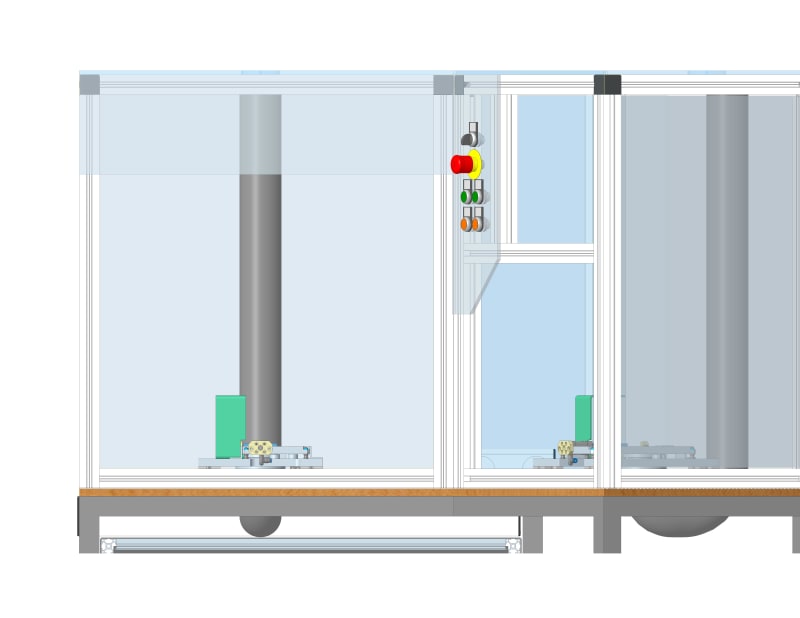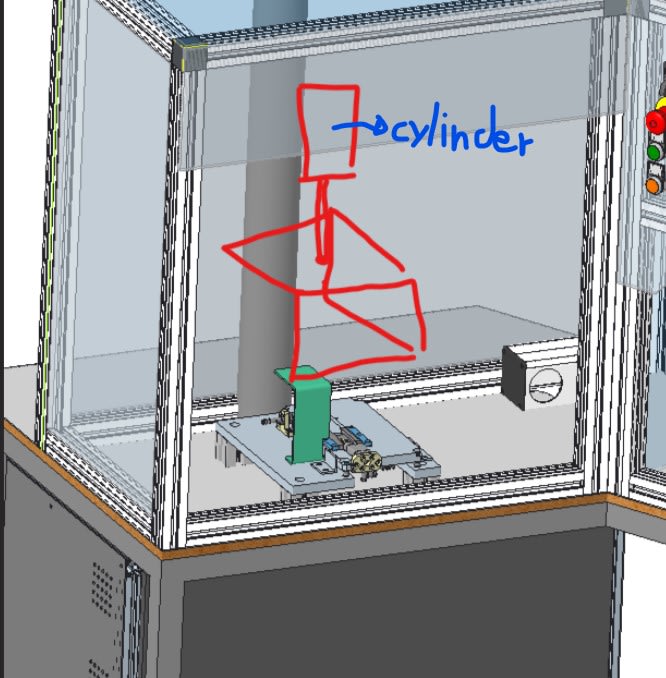dejan95
Mechanical
- Aug 24, 2020
- 60
Hello everyone.
We have a problem with motor noise in production during the testing of the product (motor). We would like to decrease the noise in the tester and are looking at possible solution for sound proofing.
Currently we see three possible solutions:
1.) We add a lifting doors on a cylinder at the tester which close during the testing (problem is the cost - we would also require some safety sensors, so the doors don't hit the worker).
2.) We could add some sound absorption foam inside the tester (we don't know how much would this help. And it also looks a bit strange).
3.) We could add some kind of box (open from one side for the air flow) which we would lover over the motor with a cylinder during the testing.
Does anybody have any experience with similar issues. How did you solve them?
Thanks.
And have a nice day.



We have a problem with motor noise in production during the testing of the product (motor). We would like to decrease the noise in the tester and are looking at possible solution for sound proofing.
Currently we see three possible solutions:
1.) We add a lifting doors on a cylinder at the tester which close during the testing (problem is the cost - we would also require some safety sensors, so the doors don't hit the worker).
2.) We could add some sound absorption foam inside the tester (we don't know how much would this help. And it also looks a bit strange).
3.) We could add some kind of box (open from one side for the air flow) which we would lover over the motor with a cylinder during the testing.
Does anybody have any experience with similar issues. How did you solve them?
Thanks.
And have a nice day.



